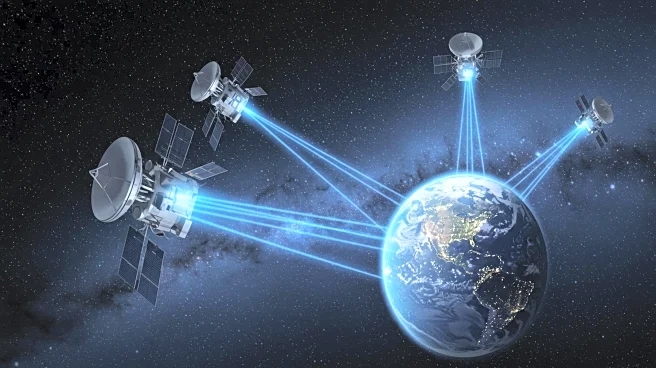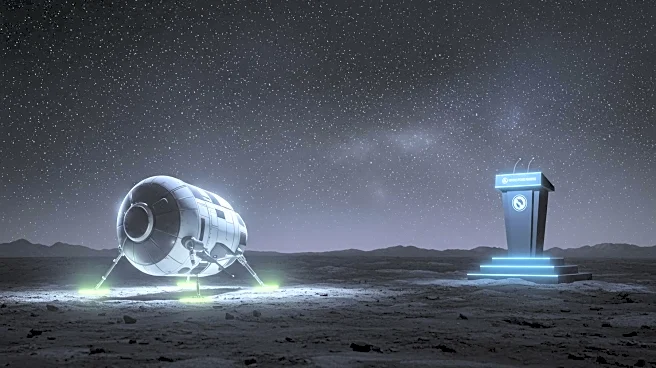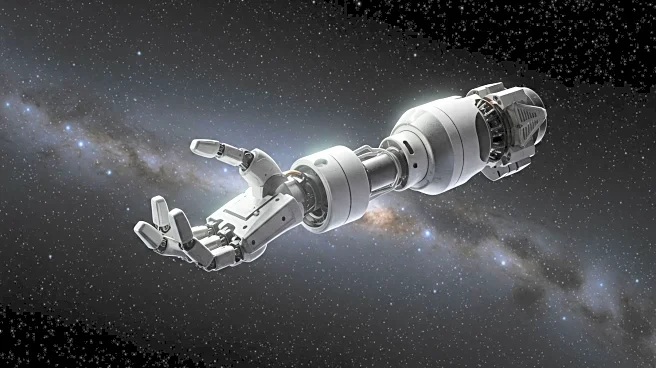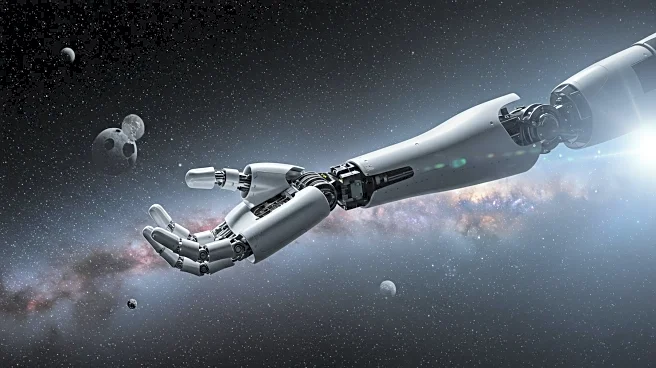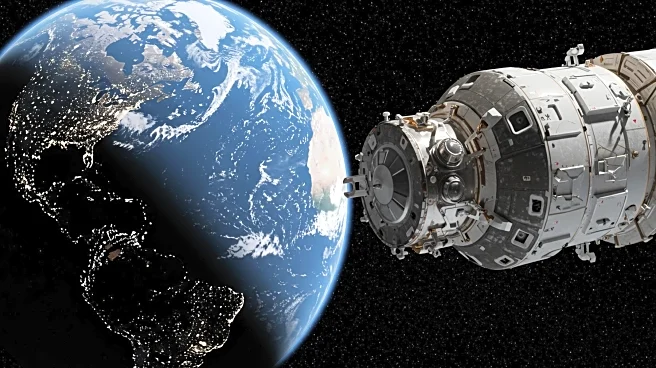What's Happening?
SpaceX successfully launched 24 Starlink V2 Mini satellites from Vandenberg Space Force Base in California. This mission, known as Starlink 17-6, contributes to the growing constellation of low Earth orbit satellites aimed at providing global internet coverage. The launch took place at 10:04 a.m. PDT, marking the 27th Starlink mission from Vandenberg this year. The Falcon 9 rocket used for this mission, with the first stage booster tail number B1081, completed its 17th flight. The booster previously supported missions such as NASA's PACE and Crew-7. After liftoff, the booster successfully landed on the droneship 'Of Course I Still Love You,' marking the 146th landing on that vessel.
Why It's Important?
The expansion of the Starlink satellite network is significant for global internet connectivity, particularly in remote and underserved areas. By increasing the number of satellites in orbit, SpaceX enhances its ability to provide high-speed internet access worldwide, potentially transforming communication infrastructure. This development is crucial for bridging the digital divide, offering opportunities for education, business, and healthcare in regions lacking reliable internet services. Additionally, the successful reuse of the Falcon 9 booster underscores SpaceX's commitment to cost-effective and sustainable space operations, which could influence future commercial and governmental space endeavors.
What's Next?
SpaceX plans to continue its aggressive launch schedule, further expanding the Starlink constellation. As more satellites are deployed, the company aims to improve service quality and expand coverage areas. Future launches will likely focus on increasing satellite density in orbit to enhance network performance. Stakeholders, including governments and telecommunications companies, may respond by exploring partnerships or regulatory measures to integrate satellite internet into existing infrastructure. The ongoing development of Starlink could also prompt competitive responses from other satellite internet providers.
Beyond the Headlines
The rapid deployment of Starlink satellites raises questions about space traffic management and orbital debris. As the number of satellites increases, the risk of collisions and space debris becomes a concern for the industry. SpaceX and other companies must address these challenges to ensure sustainable space operations. Additionally, the expansion of satellite internet services may impact traditional telecommunications providers, prompting shifts in market dynamics and regulatory landscapes.
